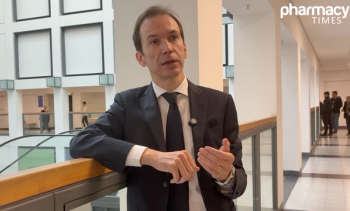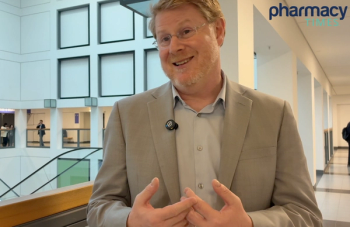
The Impact from the Economic Burden of Cancer on Survivorship
Excess medical expenses, employment disability, and a drop in production at work common in cancer survivors.
Excess medical expenses, employment disability, and a drop in production at work common in cancer survivors.
Cancer patients not only face the difficulties of diagnosis and treatment from the deadly disease, but also myriad burdens associated with the fight to survive.
A study to be presented at the annual ASCO meeting found that cancer survivors deal with annual medical expenses exceeding thousands of dollars, in addition to high employment disability and the loss of production at work.
The researchers evaluated the economic burden faced by survivors of colorectal, female breast, and prostate cancers among non-elderly and elderly populations in the United States from 2008 to 2012. The data included 540 colorectal cancer survivors, 1568 breast cancer survivors, and 1170 prostate cancer survivors, and compared their expenditures with more than 100,000 individuals who did not have a history of cancer.
Researchers also compared employment disability, job productivity loss measured by missed work days, and productivity loss at home measured by days stayed in bed, among cancer survivors and those without a cancer history.
The results showed the total annual economic burden among non-elderly cancer survivors was $20,238 for colorectal cancer, $14,202 for breast cancer, and $9278 for prostate cancer. In elderly cancer survivors, the total economic burden for colorectal cancer was $18,860, for breast cancer was $14,351 and for prostate cancer was $16,851.
In non-elderly cancer survivors, excess medical expenditures accounted for $8647 of the total cost for colorectal cancer, $5119 for breast cancer, and $3586 for prostate cancer. Furthermore, non-elderly employment disability in colorectal cancer was 14%, while in breast cancer it was 5%. The productivity loss at work for colorectal cancer average was 7 days, while in breast cancer it was 3 days.
At home productivity in colorectal cancer was 5 days and in breast cancer was 3 days. Elderly survivors were found to have significantly less excess medical expenditures than non-elderly cancer survivors, however the excess productivity loss in elderly cancer survivors was not significantly different compared with elderly individuals without a cancer history.
"To our knowledge, this is the first study that provides a comprehensive analysis of the economic burden in both non-elderly and elderly populations for the three most prevalent cancers in the US,” lead researcher Zhiyuan Zheng said in a press release. “Our results are most up-to-date and nationally representative. We found that the economic burden varies by cancer site and age. These side-by-side cancer site specific medical expenditures and productivity losses among both non-elderly and elderly cancer survivors are important to better understand the needs of survivors, prioritize cancer survivorship programs, and monitor the impact of public health policies such as the Affordable Care Act."
Newsletter
Stay informed on drug updates, treatment guidelines, and pharmacy practice trends—subscribe to Pharmacy Times for weekly clinical insights.























































































































































































































